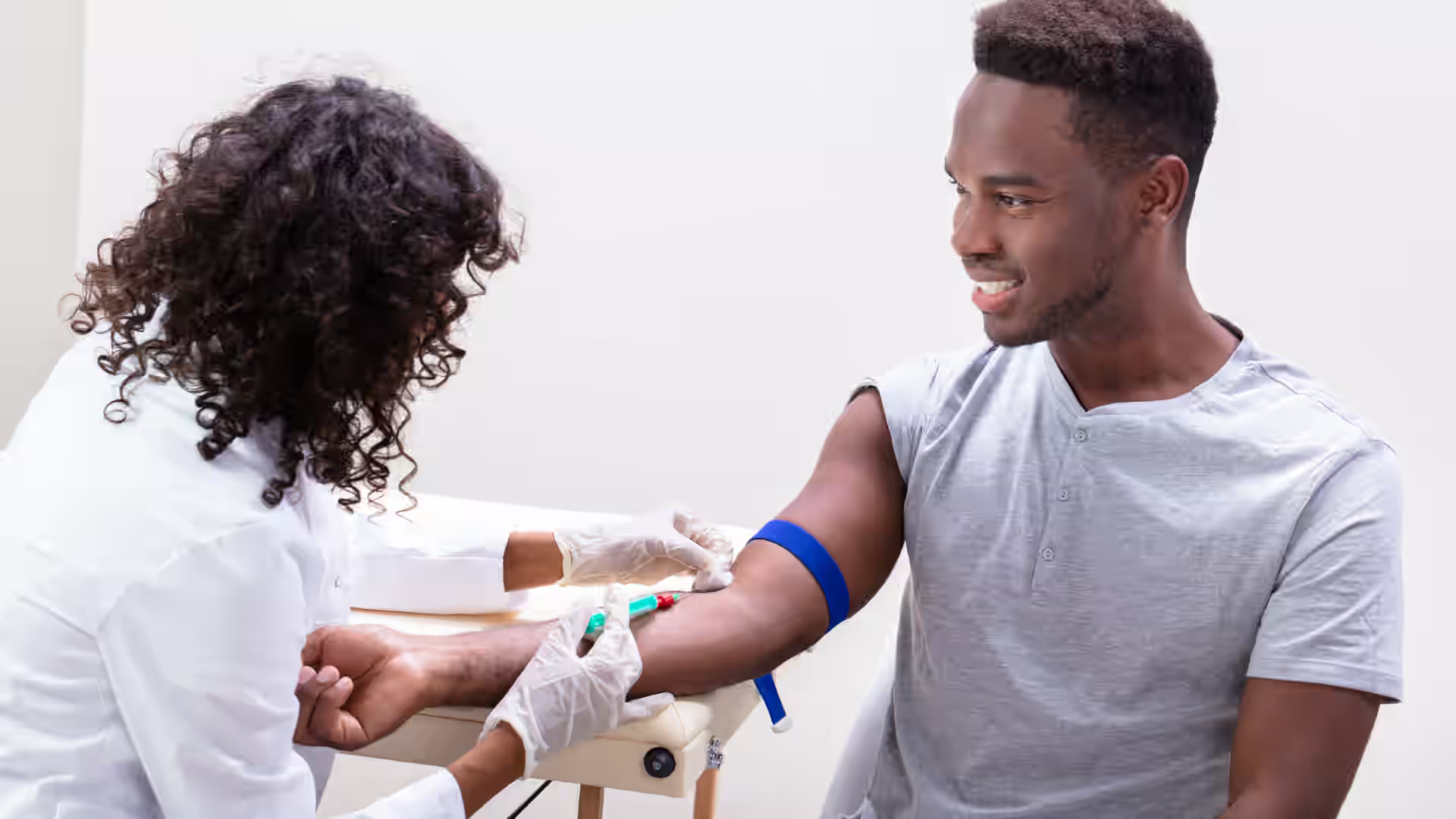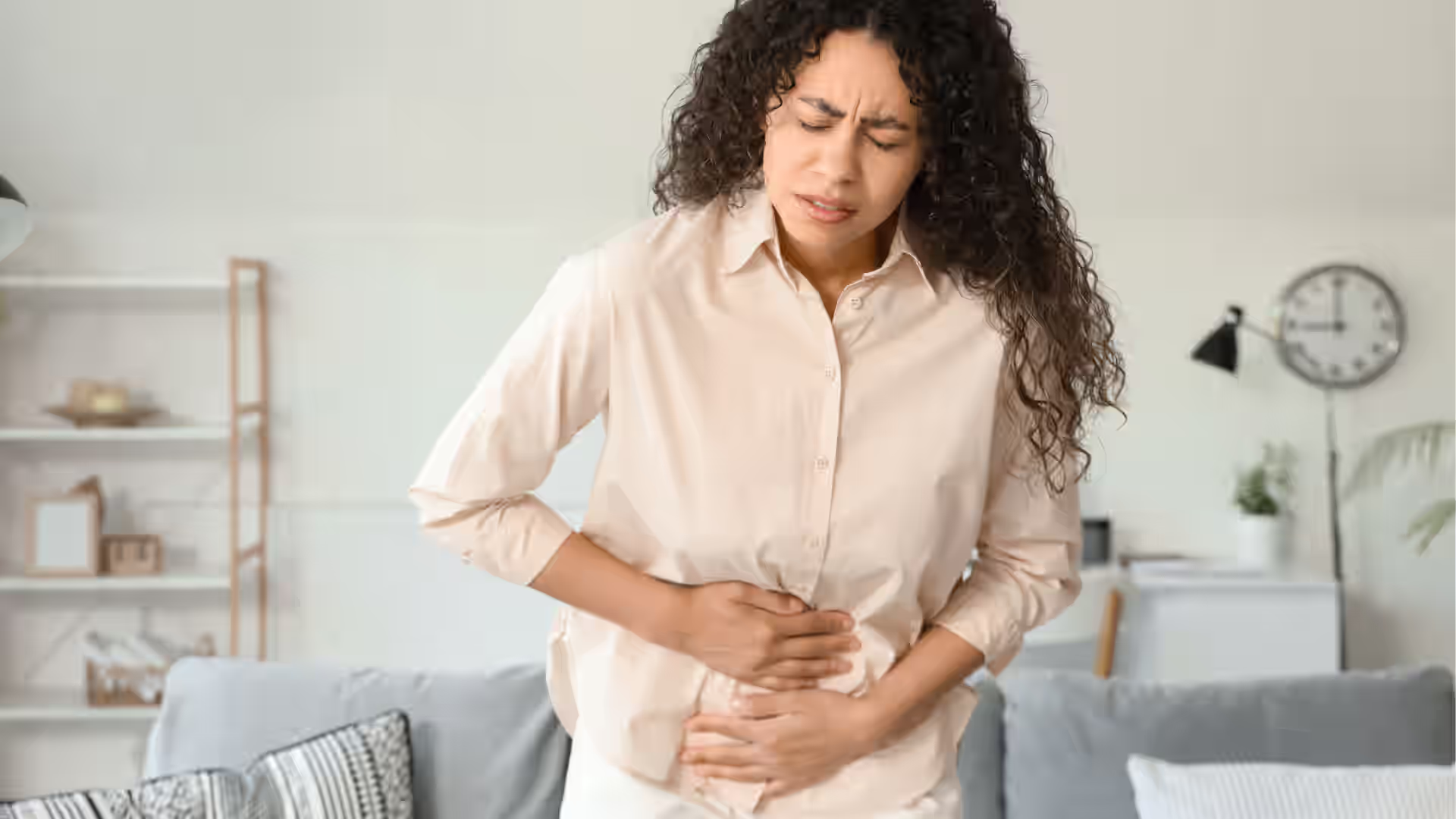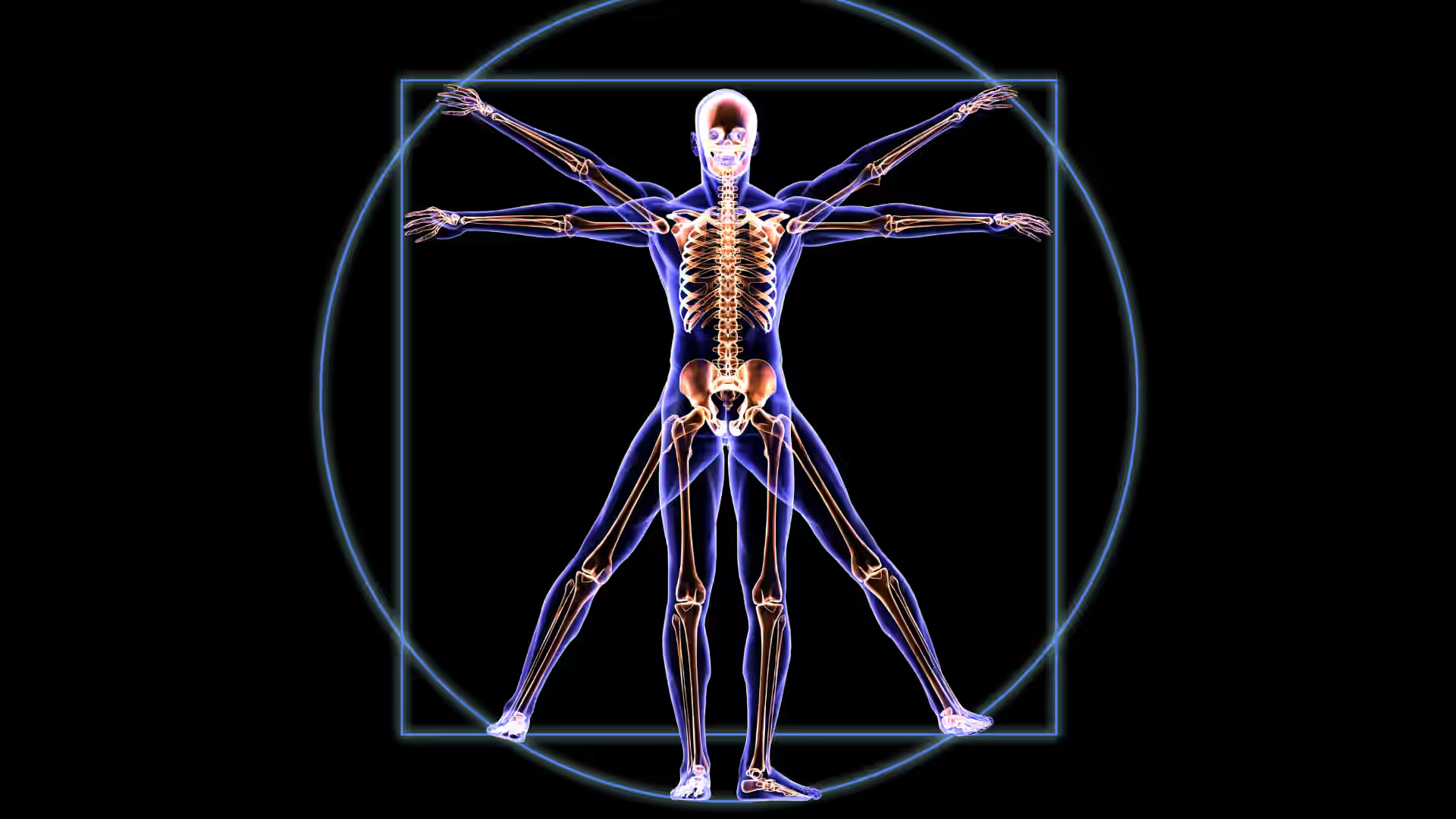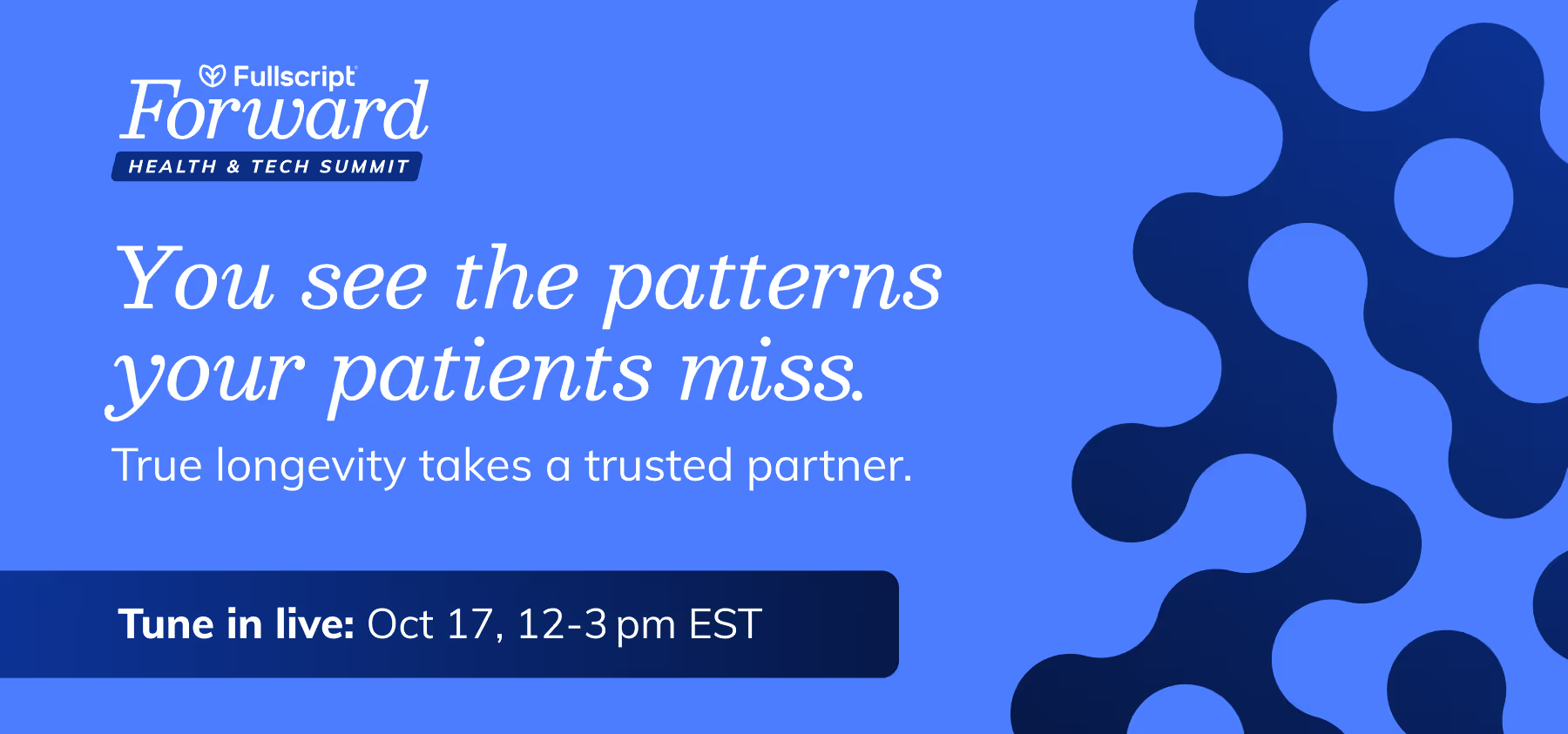A sharp twinge under your ribs. A lingering ache in your side. It's natural to wonder, Could this be my liver?
The liver performs over 500 vital functions, including processing nutrients, supporting digestion, and filtering substances from the blood. Pain in the upper abdomen can have different causes, depending on its location and characteristics.
This article explains where liver-related pain is often felt, what it might suggest, and some potential causes.
[signup]
What is Liver Pain?
Pain in the upper right abdomen may sometimes be attributed to the liver. It may feel dull, achy, or sharp and can often be more internal than muscle or digestive discomfort.
As the liver lacks pain receptors, discomfort usually arises from pressure on surrounding tissues. This pain may also radiate (travel) to other areas of the body.
Common Locations of Liver Pain
Liver-related pain can present in several locations:
- Upper right abdomen, near the liver, gallbladder, and right kidney.
- Right shoulder and neck, due to nerve connections (phrenic nerve) with the liver, gallbladder, and diaphragm.
- Mid-back region, which can be related to the liver, gallbladder, or nearby kidneys.
What Liver Pain in Different Areas May Suggest
Pain in specific areas can suggest different liver conditions.
Upper Right Abdominal Pain
This is the most common site for liver-related pain. It may be dull, sharp, or feel like fullness beneath the ribs.
- Hepatitis: Liver inflammation may stretch the liver's surrounding capsule, leading to pain in the upper right abdomen. Causes of hepatitis include viral infections, alcohol use, or reactions to medications.
- Fatty Liver Disease: Fat accumulation in the liver can cause discomfort or pressure in the same region. This condition may also enlarge the liver, leading to a feeling of fullness.
Referred Pain in Shoulders and Neck
Pain in the right shoulder or neck might not seem liver-related, but it can occur when an enlarged liver irritates nearby structures.
- Liver Enlargement: An enlarged liver can press against surrounding tissues, causing pain that radiates to the right shoulder and neck.
- Gallbladder Issues: Though not part of the liver, the gallbladder's proximity means that inflammation or blockage can produce pain in the upper abdomen that radiates to the shoulder and neck.
Mid-Back Discomfort
Sometimes, pain in the middle of the back, especially between the shoulder blades, can be related to liver conditions.
- Liver Cysts and Tumors: Cysts or growths on the liver can press on nearby tissues, leading to deep, aching pain that may extend to the back.
- Cirrhosis: As cirrhosis progresses, liver changes can contribute to a feeling of heaviness or discomfort in the upper abdomen.
Distinguishing Liver Pain from Other Abdominal Discomfort
Liver pain is deeper and more persistent than muscle or digestive discomfort. It often presents as a dull, achy, or heavy sensation beneath the right ribs, sometimes radiating to the shoulder, neck, or back. It can also be accompanied by a sense of fullness, especially after eating.
Differential Diagnosis
Other conditions near the liver can cause similar pain, such as:
- Gallbladder Disease: Inflammation or stones in the gallbladder can cause sudden, sharp pain in the upper right abdomen, often triggered by fatty meals.
- Pancreatitis: Inflammation of the pancreas can mimic liver pain, especially when it radiates to the back. This pain is usually sharp and severe, with symptoms like nausea or vomiting.
- Peptic Ulcer Disease: Ulcers in the stomach or small intestine may cause a burning pain that could be mistaken for liver discomfort, though it typically worsens or improves based on food intake.
- Musculoskeletal Pain: Strained abdominal muscles or ribs can cause localized pain, typically worsened by movement or pressure. Unlike liver pain, this is more superficial.
- Kidney Issues: Pain from kidney infections or stones can sometimes radiate to the upper abdomen or back, and may be confused with liver pain if it's on the right side.
These conditions can present with similar symptoms, so a healthcare provider is needed to evaluate and diagnose the exact cause of abdominal pain.
Diagnostic Approaches for Liver Pain
Identifying the cause of discomfort in the liver area often requires several steps. As various conditions can cause similar symptoms, healthcare providers use a combination of methods to gain a clear understanding.
1. Physical Exam
A clinical exam is usually the first step. Your healthcare provider may gently press on your abdomen to check for tenderness, swelling, or signs of organ enlargement. They may also look for skin changes, like jaundice. Or ask about the pain's location, intensity, duration, and any other symptoms you're experiencing.
2. Lab Tests
Blood tests help assess liver function and identify potential issues such as inflammation or infection. Standard tests measure ALT, AST, ALP (liver enzymes), bilirubin levels, and markers for hepatitis. These tests provide valuable information about how the liver functions, although they don't confirm a diagnosis on their own.
3. Imaging Studies
If further evaluation is needed, imaging can help visualize the liver and surrounding organs. Ultrasound, CT scans, or MRI can detect abnormalities like cysts, fatty deposits, enlargement, or structural changes. Imaging is often used to guide further testing or to monitor existing conditions.
These diagnostic tools help healthcare providers better understand the cause of liver discomfort. However, only a healthcare professional can determine the best course of action based on individual findings.
Treatment and Management of Liver Pain
Healthcare providers will tailor the treatment based on individual circumstances, but some general strategies may support hepatic function. Always consult a healthcare provider for personalized advice.
Lifestyle Modifications
Simple lifestyle changes can support overall liver health and help reduce discomfort. These healthy habits might include:
- Balanced Nutrition: A diet rich in whole foods, like vegetables, fruits, lean proteins, and healthy fats, can support metabolic function. Reducing processed foods and limiting sugars and unhealthy fats may also help.
- Limit Alcohol: The liver processes alcohol, so cutting back or avoiding it may help reduce strain and inflammation.
- Weight Management: Maintaining a healthy weight can be beneficial, especially if fat accumulation in the liver or metabolic concerns exist.
- Physical Activity: Regular, moderate exercise helps improve circulation, metabolism, and overall well-being.
These lifestyle changes are not intended to treat or cure liver conditions but may be part of a wellness plan guided by a healthcare provider.
Medical Interventions
If a liver-related condition is identified, your healthcare provider might consider specific medical interventions based on test results and overall health. These could include:
- Managing factors like elevated liver enzymes or cholesterol.
- Adjusting medications that may be affecting liver function, under a healthcare provider's guidance.
- Referring you to a liver specialist, like a hepatologist, for further care and evaluation.
Alternative Therapies
Some individuals explore complementary or integrative approaches for managing discomfort, but these should never replace professional medical treatment. Always consult a healthcare provider before beginning any new therapies or supplements.
One approach is the use of licorice (Glycyrrhiza spp.), a herb with a long history in traditional Chinese and Japanese medicine, particularly for supporting liver health.
A review of 15 clinical trials involving over 1,300 participants with liver disease found that licorice, either alone or combined with other herbs, helped lower liver enzymes, which are markers of liver inflammation or damage.
The most significant benefits were observed with purified licorice forms. Although licorice did not improve all liver-related markers, some combinations showed potential. Side effects were generally mild and consistent with what is known about licorice, such as its effects on blood pressure.
These findings suggest that licorice may help support liver function, but further research is needed to determine the most effective forms and doses.
In addition to licorice, other herbs are being studied for their potential to support liver vitality in individuals with conditions like non-alcoholic steatohepatitis (NASH), a severe form of fatty liver disease with limited treatment options.
Research suggests that herbs such as silymarin (milk thistle), curcumin (turmeric), and berberine may improve liver function, reduce inflammation, and protect liver cells. Silymarin was shown to improve liver enzyme levels and reduce signs of liver scarring, while curcumin and berberine helped lower inflammation and oxidative stress.
However, differences in study design, dosages, and outcomes make it difficult to draw definitive conclusions. Like licorice, herbal remedies may complement existing care for NASH, but more well-designed clinical trials are needed to confirm their safety and effectiveness.
Routine Monitoring
Regular checkups are essential for assessing hepatic health. Based on your risk factors and medical history, your healthcare provider may recommend:
- Periodic blood tests to evaluate liver function.
- Screening for hepatitis if there is a known risk or exposure.
- Imaging tests or additional evaluations, if necessary, to monitor liver function.
These steps help ensure your liver functions properly and provide important insight into your overall health.
Frequently Asked Questions
Below are answers to commonly asked questions about liver pain.
Can liver pain come and go?
Yes, discomfort in the liver area may come and go depending on posture, eating habits, or underlying conditions. A healthcare provider should always evaluate recurring or persistent pain to help identify the cause.
Is liver pain always a sign of severe disease?
Not necessarily. Pain in this region can come from muscles, digestion, or nearby organs.
However, if the pain continues, seeking professional medical advice is recommended.
How can I distinguish between liver pain and muscle pain?
Liver pain is usually deeper, described as dull or achy, whereas muscle pain is more superficial and worsens with movement or pressure. A healthcare provider can help determine the exact source.
Are there any home remedies for liver pain?
There are no proven home remedies specifically for liver pain. Specific lifestyle changes may help alleviate general discomfort, but are not a substitute for professional medical evaluation. Always consult a healthcare provider before trying home-based methods, especially if symptoms persist.
[signup]
Key Takeaways
- Liver pain is often felt as discomfort or a dull ache in the upper right abdomen. A feeling of fullness or heaviness may accompany it and can result from factors such as inflammation, infection, or issues with surrounding organs.
- Diagnostic tools like physical exams, blood tests, and imaging studies help healthcare providers determine the source of liver-related discomfort.
- Lifestyle changes, such as a balanced diet, limiting alcohol intake, and maintaining a healthy weight, can support liver function.
- If you experience persistent liver discomfort or have concerns about your liver health, consult a healthcare provider for guidance.





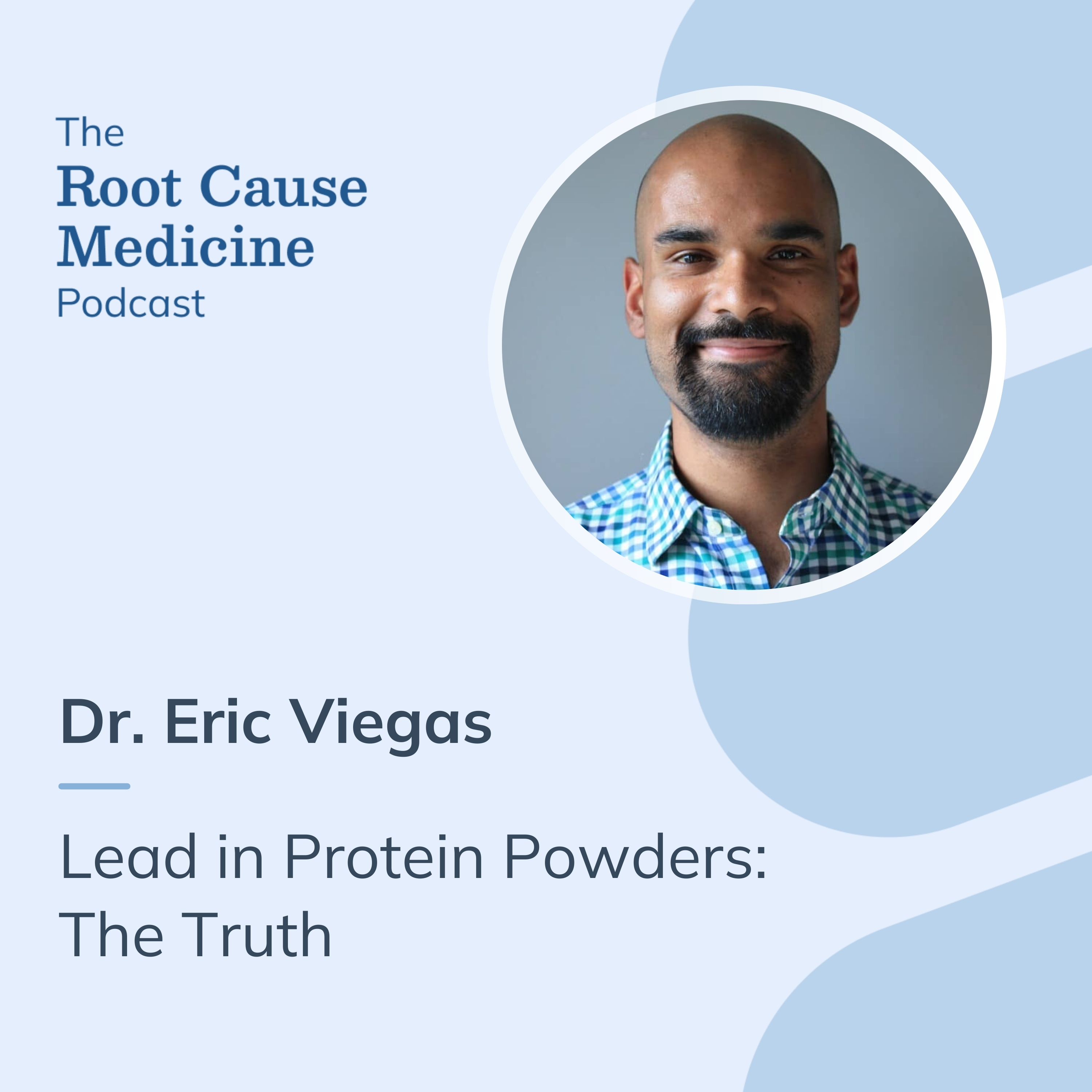

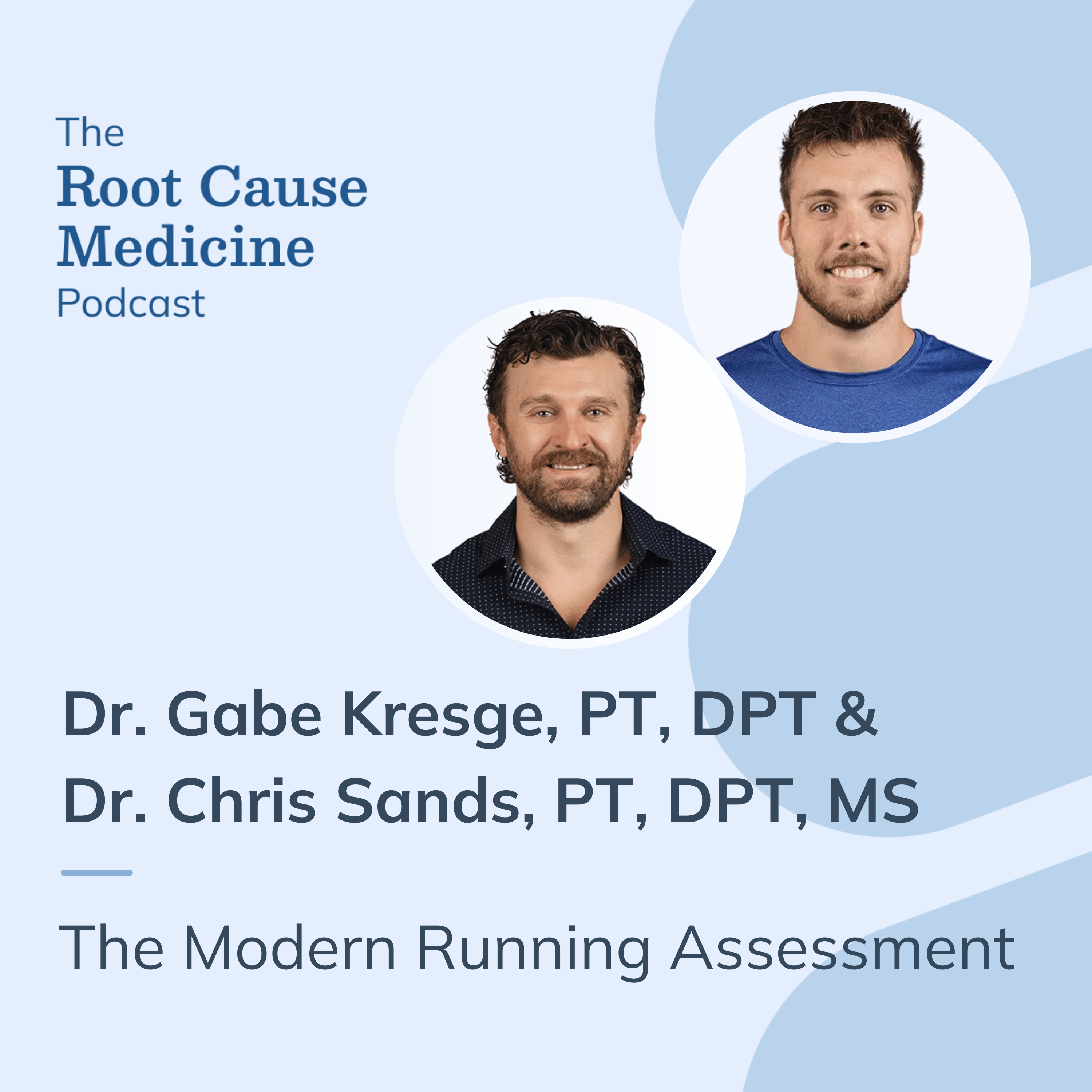
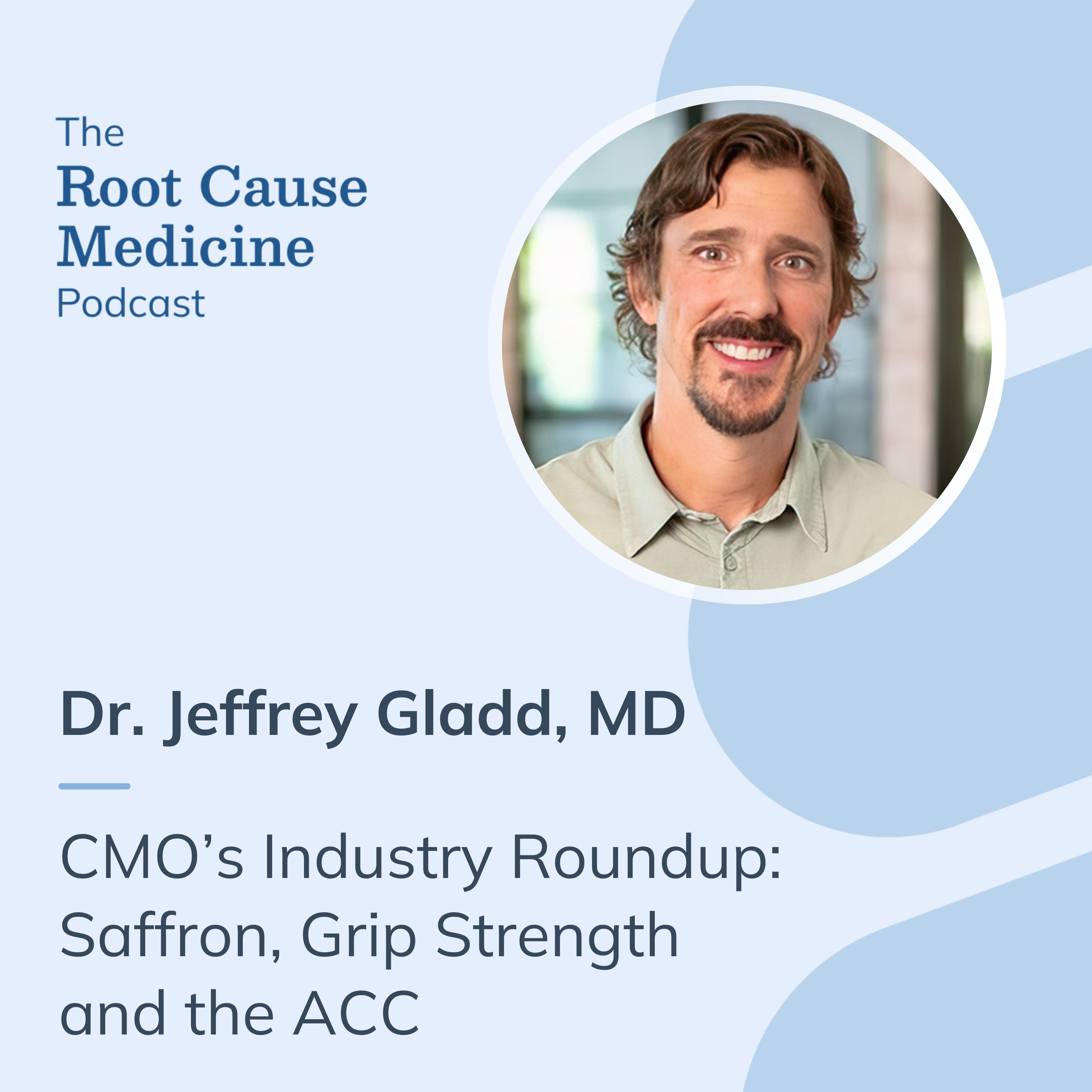
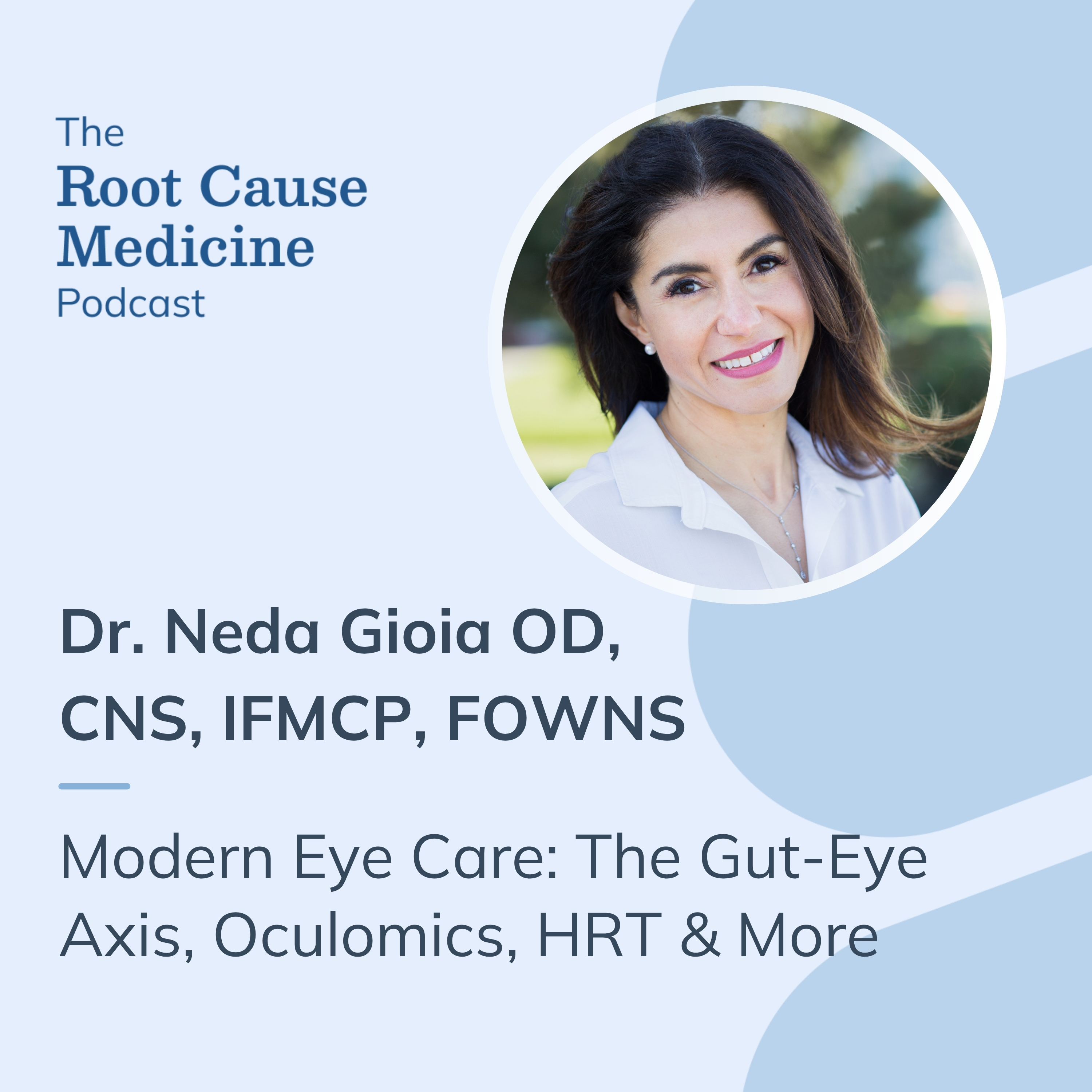


%201.svg)




